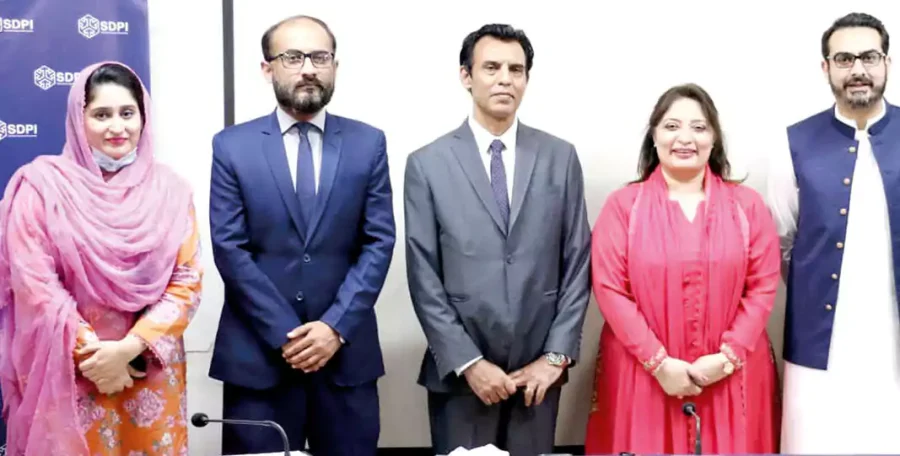Zubair Qureshi
The concept of carbon trading is not just a buzzword in the global environmental discourse, it is rather a critical mechanism for countries like Pakistan to address the challenges posed by climate change while sustaining economic growth.
A training workshop on understanding carbon market mechanisms, held jointly by the Embassy of Denmark and the Sustainable Development Policy Institute (SDPI), signified a pivotal step towards integrating Pakistan into the global carbon economy.
Executive Director SDPI, DrAbidQaiyumSuleri while addressing the participants emphasized the novelty of carbon marketing within Pakistan’s climate change dialogue.
An attempt was made in 2010 to implement carbon tax but it failed and the ongoing negotiations with the International Monetary Fund (IMF) highlight the complexities and the urgent need for effective policy instruments in this domain, he said.
The primary goal of carbon trading is to incentivize the reduction of greenhouse gas emissions, thereby mitigating the impact of carbon dioxide on the environment. Dr. Suleri also noted that Pakistan’s very existence, ecology, food security, and livelihoods depended on our collective efforts to preserve the environment. Transition to renewable energy, while technologically feasible, faces significant hurdles in terms of infrastructure development, necessitating a phased approach.
The United States’ implementation of an emissions trading system, with its cap-and-trade policies, serves as an illustrative model. It sets a precedent for establishing emission quotas and allows industries with surplus allowances to sell them, creating a market-driven approach to environmental conservation.
Pakistan’s journey towards establishing a robust carbon market is underway, with policies under review and discussions at the Climate Change Council. The private sector’s existing mechanisms provide a foundation upon which to build. The integration of such market-based approaches into Pakistan’s policy framework can catalyze sustainable development, ensuring that the nation’s exports remain competitive in the face of the European Union’s Carbon Border Adjustment Mechanism (CBAM).
Muhammad Fawad Hayat, Deputy General Manager of the National Disaster Risk Management Fund (NDRMF), highlighted the critical role of carbon markets as a mechanism to mitigate emissions.
Carbon credits, which represent a ton of carbon dioxide, can be multiplied to account for methane—a gas 21 times more potent than CO2 in terms of global warming potential.
Ubaid-ur-Rehman Zia, Senior Research Associate, SDPI presented a need assessment before the participants.








